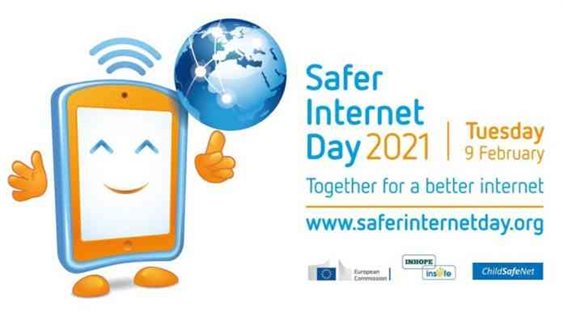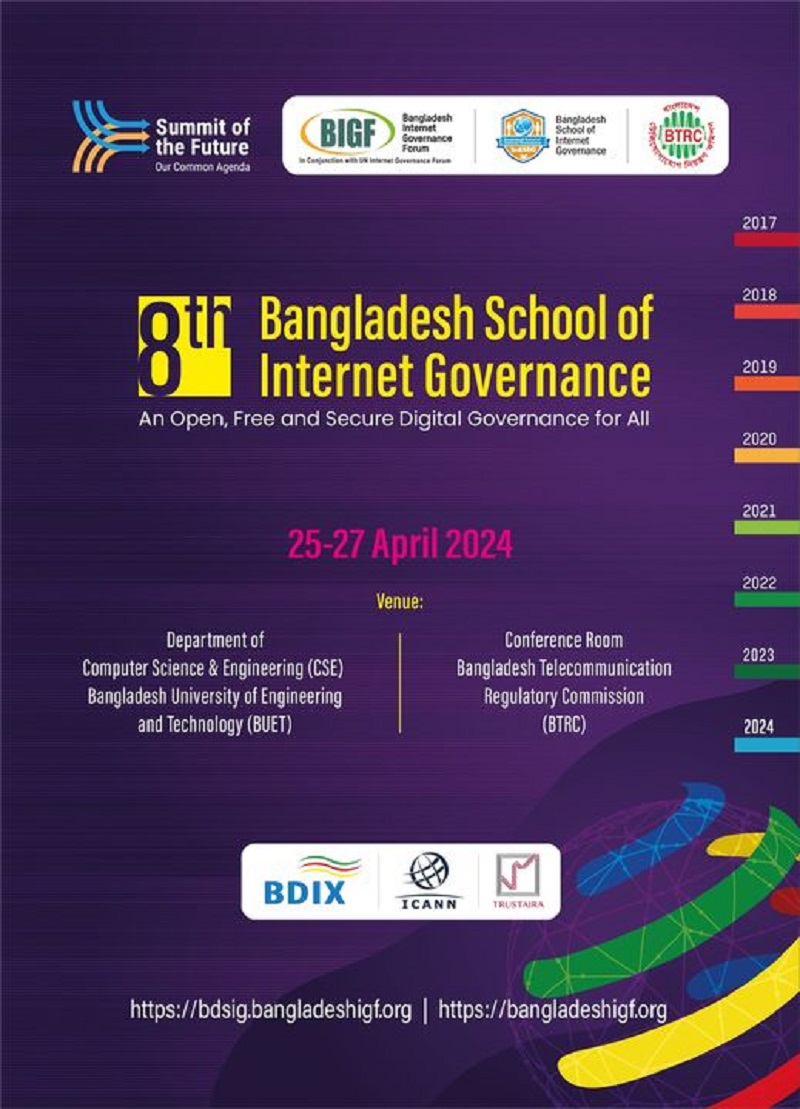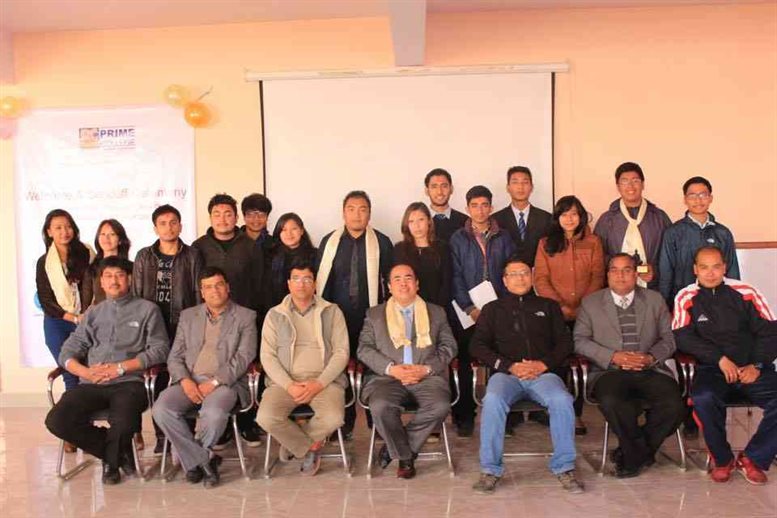10th Feb 2021, Kathmandu
Observing the Safer Internet Day 2021, ChildSafeNet and UNICEF Nepal published a white paper on protecting children and young people online, on 9 February 2021.
The white paper includes a comprehensive assessment of children and young people’s internet use, online risks for them, and their vulnerability to online abuse and exploitation.
The white paper was developed by ChildSafeNet, an organization working to make the internet safer for children and young people, in collaboration with UNICEF Nepal. The white paper also includes a review of the policies, plans, response mechanisms, and gaps related to the protection of children and young people online.
Over the past decade, internet use has seen a rapid increase in Nepal. According to Nepal Telecommunications Authority, 80.07 percent of Nepalese have access to the internet, whereas only 2.65 percent of people were connected to the internet in 2010. As stated in a report of the survey, conducted by ChildSafeNet and UNICEF Nepal, one in four children and young people spend more than ten hours online after the COVID-19 outbreak.
Anil Raghuvanshi, founder and president of ChildSafeNet, said, “Despite this exponential rise, awareness levels on internet safety still remains very low. As a result, children and young people, are at an increased risk to online risks such as online sexual abuse and exploitation, cyberbullying, cyber grooming and phishing.”
Speaking at the virtual launch of the white paper, Inah Fatoumata Kaloga, Chief, Child Protection, UNICEF Nepal, said that the white paper is expected to help in filling the gaps in knowledge on online safety for children and young people in Nepal and make the gravity of the issue more visible.
Raghuvanshi informed that, in order to prepare the white paper, ChildSafeNet conducted a desktop review of over 120 research reports, policy documents, laws, and international instruments related to the protection of children and young people online. Likewise, inputs and recommendations were collected from six virtual workshops and 21 key informant interviews with child online protection experts and stakeholders.
Kapil Aryal, human rights lawyer and lecturer at Kathmandu Law School reviewed the policies and laws related to the protection of children and young people in Nepal and contributed as a content writer of the white paper. According to Aryal, the Electronic Transactions Act 2063 is being used in all cases related to cybercrimes, which does not define cybercrimes against children. Moreover, the Kathmandu District Court remains the only court designated to hear cases filed under this Act.
Since The Act Relating to Children 2075 prohibits exploitation of children from online sexual abuse and exploitation and defines online offenses against, Aryal suggested using this Act for the cases related to online offenses against children. Moreover, the Criminal Code 2074 can also be used, which, penalizes cybercrimes, online harassment, threatening, insulting and improper behavior.
Kaloga said, “The white paper is an evidence-based tool. It is expected to contribute to policy development, program planning, and advocacy to increase engagement of the government, civil society, private sector, parents, teachers, and other stakeholders to make the internet safer.”
The white paper provides a set of actionable recommendations to the government, civil society organizations, private sector, parents, teachers, children, and young people in order to make digital technologies safer for children and young people.











